Wellington, the capital city of New Zealand, has a rich history of urban development that reflects the country’s colonial past and its evolution into a vibrant, cosmopolitan center. Here’s an overview of key phases in the history of urban development in Wellington:
Pre-European Settlement:
- Māori Settlement:
- Before the arrival of Europeans, the Wellington region was inhabited by Māori, the indigenous people of New Zealand. The area had several Māori settlements, and the local iwi (tribe) is Taranaki Whānui.
European Colonization (19th Century):
- Colonial Establishment:
- Wellington was chosen as the site for the New Zealand Company’s first settlement in 1839 due to its natural harbor and strategic location. The city was named in honor of the Duke of Wellington.
- Early Colonial Growth:
- The settlement grew rapidly, attracting European settlers seeking land and economic opportunities. By the mid-19th century, Wellington had become the capital of New Zealand.
- Development of Infrastructure:
- The construction of key infrastructure, including roads, wharves, and public buildings, marked Wellington’s early development. The city’s architecture during this period reflected Victorian and Edwardian styles.
Economic Growth and Challenges (Late 19th to Early 20th Century):
- Economic Activities:
- Wellington became a hub for economic activities, including trade, shipping, and government administration. The city’s economy was closely tied to its role as the political capital.
- Earthquakes and Rebuilding:
- Wellington experienced significant earthquakes, notably in 1848 and 1855, which led to the destruction of some buildings. Reconstruction efforts and the introduction of building regulations followed.
Mid-20th Century and Post-War Development:
- Suburban Expansion:
- In the mid-20th century, Wellington experienced suburban expansion as the population grew. Residential areas expanded into the surrounding hills and coastal suburbs.
- Harbor Reclamation:
- The city engaged in harbor reclamation projects to expand available land. The reclaimed land became the site for commercial and civic developments.
- Modernist Architecture:
- The mid-20th century saw the introduction of modernist architecture, with notable examples including the Wellington Town Hall and the Reserve Bank building.
Contemporary Urban Development:
- Cultural and Civic Spaces:
- Wellington is known for its vibrant arts and culture scene. Civic spaces, such as Civic Square, Te Papa Tongarewa (the national museum), and the Wellington City Gallery, contribute to the city’s cultural identity.
- Central Business District (CBD) Development:
- The central business district has seen ongoing development, with modern office buildings, retail spaces, and entertainment venues. Lambton Quay is a key commercial thoroughfare.
- Public Transportation:
- The development of public transportation, including buses and the Wellington Cable Car, has contributed to the city’s accessibility.
- Earthquake Resilience:
- Given Wellington’s location in an earthquake-prone region, efforts have been made to enhance earthquake resilience. Building codes and infrastructure improvements aim to mitigate seismic risks.
- Waterfront Redevelopment:
- The waterfront has undergone significant redevelopment, transforming into a recreational and cultural hub. The Wellington Waterfront Walkway and various dining and entertainment options attract residents and visitors alike.
Wellington’s history of urban development reflects the city’s role as the political and cultural heart of New Zealand. From its colonial beginnings to its contemporary status as a dynamic and resilient capital, Wellington continues to evolve while retaining its unique character and natural beauty.

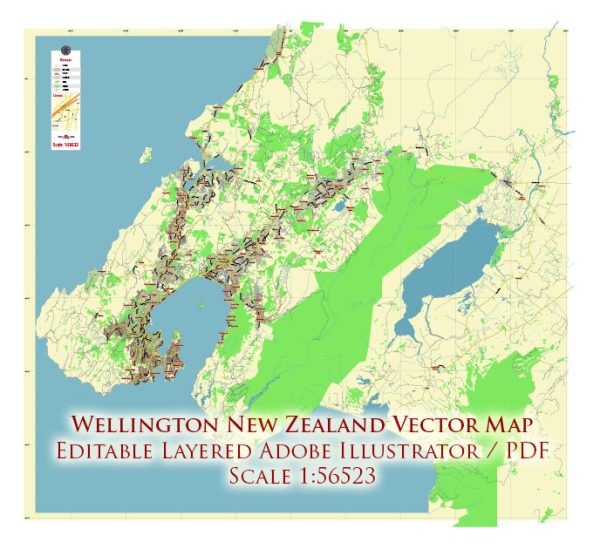
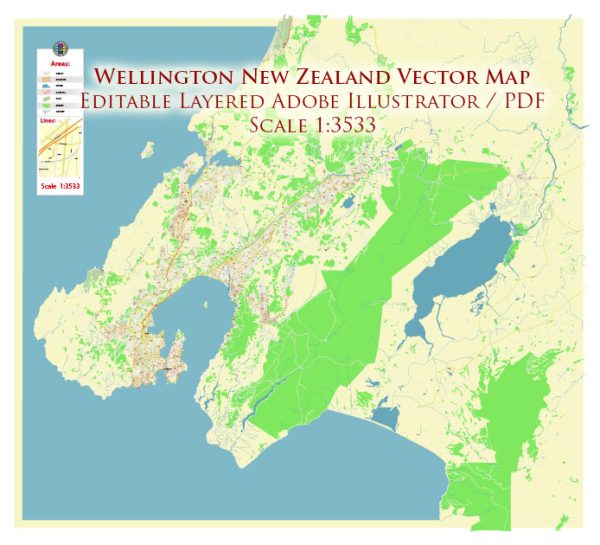
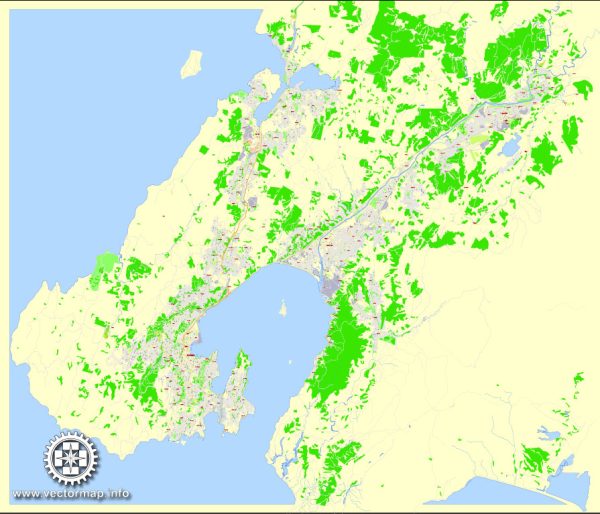
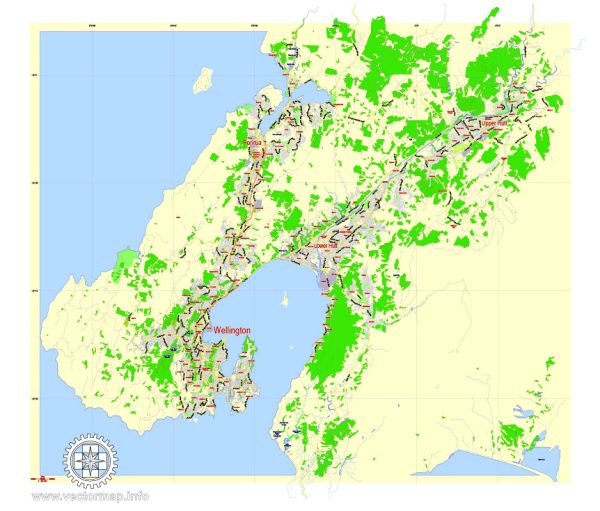
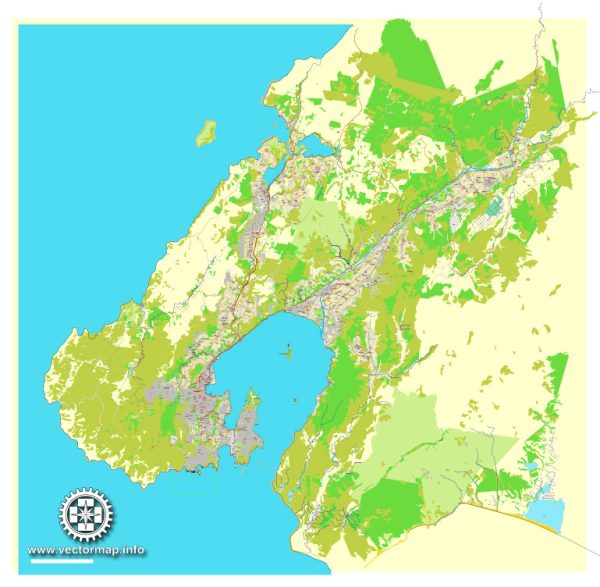
 Author: Kirill Shrayber, Ph.D.
Author: Kirill Shrayber, Ph.D.